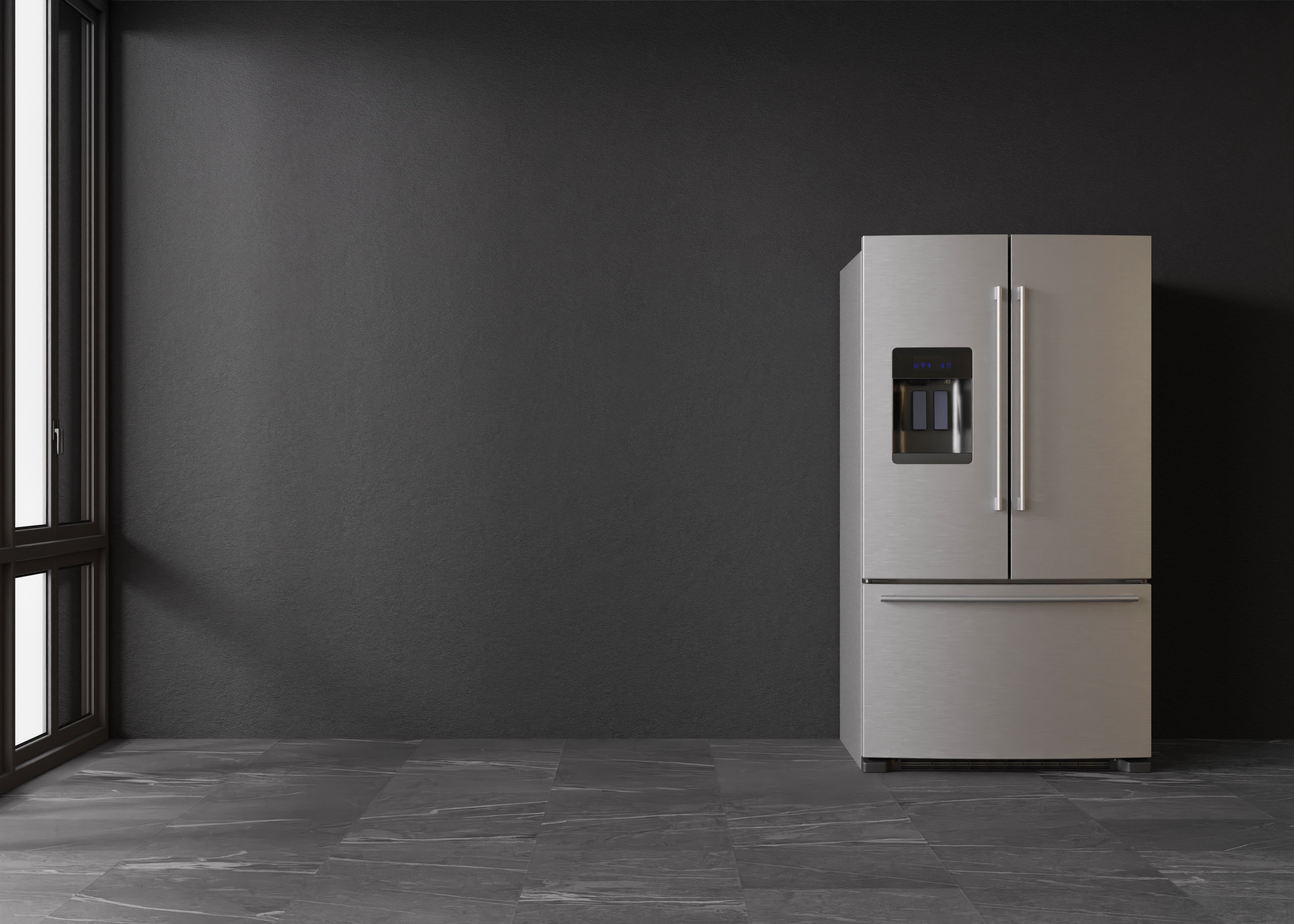Where Are You Going To Find Fridge UK One Year From What Is Happening Now?
The Comprehensive Guide to Refrigerators in the UK
Fridges are a necessary appliance in every household, serving a vital function in food preservation and safety. The UK market provides a diverse variety of fridge types, sizes, functions, and brands. This short article aims to offer a thorough understanding of fridges available in the UK, including their functions, energy performance, and elements to consider when making a purchase.
Types of Refrigerators Available in the UK
When trying to find a refrigerator, it is necessary to comprehend the various types readily available. Each type features its own set of functions and functions, catering to different requirements and preferences. The most common kinds of fridges discovered in the UK consist of:
1. Top Freezer Refrigerators
- Description: The conventional style, including the freezer compartment on top.
- Pros: More budget friendly, roomy, simple access to fresh food.
- Cons: Limited freezer space, the top may be less practical for bulk items.
2. Bottom Freezer Refrigerators
- Description: Freezer lies at the bottom, enabling easier access to fresh food.
- Pros: Greater benefit, better exposure of fresh items.
- Cons: Usually more expensive, some may battle with large frozen products.
3. Side-by-Side Refrigerators
- Description: Features two vertical compartments, one for the fridge and one for the freezer.
- Pros: Ample storage area, simple to access both frozen and fresh foods.
- Cons: Wider footprint, they may not fit in smaller sized cooking areas.
4. French Door Refrigerators
- Description: Combines functions of bottom freezers and side-by-sides, with 2 doors for the fridge on top.
- Pros: Stylish style, roomy, and frequently consists of innovative features.
- Cons: Higher cost point, aligns improperly with smaller kitchen area designs.
5. Compact Refrigerators
- Description: Smaller models created for limited spaces.
- Pros: Ideal for small homes or offices, energy-efficient.
- Cons: Limited storage capacity, may lack features.
6. Integrated Refrigerators
- Description: Designed to mix flawlessly with kitchen cabinetry.
- Pros: Custom fit, visual appeal, increases home worth.
- Cons: Higher cost, may provide less versatility in positioning.
7. Smart Refrigerators
- Description: Equipped with Wi-Fi and smart technology functions.
- Pros: Advanced features like touch screens and internal cams.
- Cons: Expensive, more intricate to fix.
Refrigerator Type
Accessibility
Average Price Range
Energy Efficiency
Top Freezer
Moderate
₤ 300 – ₤ 600
Typical
Bottom Freezer
High
₤ 400 – ₤ 800
Above Average
Side-by-Side
Easy
₤ 800 – ₤ 1500
Varies
French Door
High
₤ 800 – ₤ 2000
High
Compact
Minimal
₤ 200 – ₤ 500
Typical
Integrated
Custom
₤ 1000 – ₤ 2500
High
Smart
Variable
₤ 1200+
High
Secret Features to Consider
- Energy Efficiency: Look for models that are energy-efficient. In the UK, home appliances are rated from A (most efficient) to G (least efficient). An A+ ranking and above can result in substantial energy savings.
- Capacity: Choose a fridge with adequate capability for your home. A basic guideline is 100-200 liters per individual.
- Noise Level: Consider designs that run quietly, specifically if the kitchen area is near living spaces.
- Cooling Technology: Features like frost-free innovation are worth the financial investment, as they reduce maintenance.
- Adjustable Shelves: Having adjustable shelves boosts the flexibility to save larger products.
- Temperature level Control: Check for easy-to-use temperature controls and zones for various kinds of food.
- Design: Choose the style and color that matches your cooking area visual, whether you prefer a modern-day stainless-steel appearance or a classic retro surface.
Purchasing Tips
- Identify Your Needs: Consider your cooking practices, family size, and cooking area space.
- Set a Budget: Refrigerators been available in numerous price varieties. Establish a budget before you start shopping.
- Research Energy Ratings: Invest in energy-efficient designs to save money on energy bills.
- Read Reviews: User experiences can supply insights into dependability and performance.
- Compare Brands: Some brands are understood for their resilience while others may offer more ingenious features.
Frequently Asked Questions (FAQs)
1. For how long do refrigerators usually last?
- Refrigerators typically last in between 10 to 20 years, depending upon the brand name and how well they are preserved.
2. Exist any maintenance ideas for prolonging the life of a refrigerator?
- Regularly clean the coils, examine the door seals, and occasionally defrost if necessary to preserve ideal efficiency.
3. What is the very best size refrigerator for a household of 4?
- For a family of 4, a refrigerator with a capacity of around 400-600 liters is typically sufficient.
4. Do edisonjungquist.top need to stress over energy consumption when purchasing a refrigerator?
- Yes, energy usage is essential. Try to find units with high energy efficiency scores to lower month-to-month costs.
5. Should I pick a fridge with a water and ice dispenser?
- This feature can be convenient, specifically for households. However, it might require more maintenance than basic designs.
Purchasing a refrigerator is a substantial decision for any household in the UK. With various types available, each with its unique functions and advantages, it is important to evaluate individual requirements before choosing. By considering aspects such as energy performance, capability, and design visual appeals, consumers can select a fridge that lines up well with their lifestyle, ultimately boosting their cooking area experience while securing food quality and freshness.
